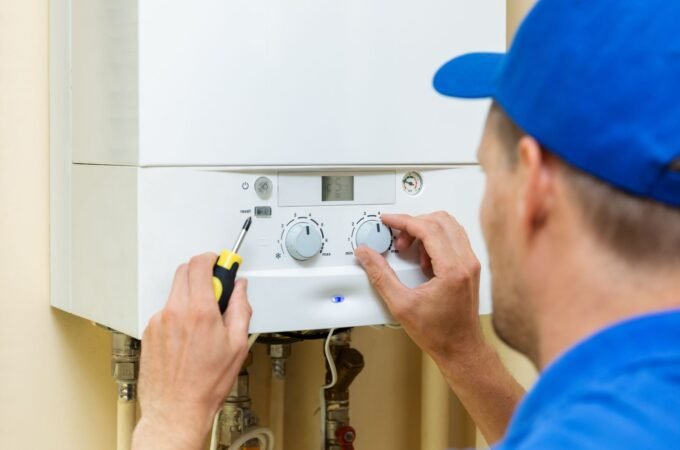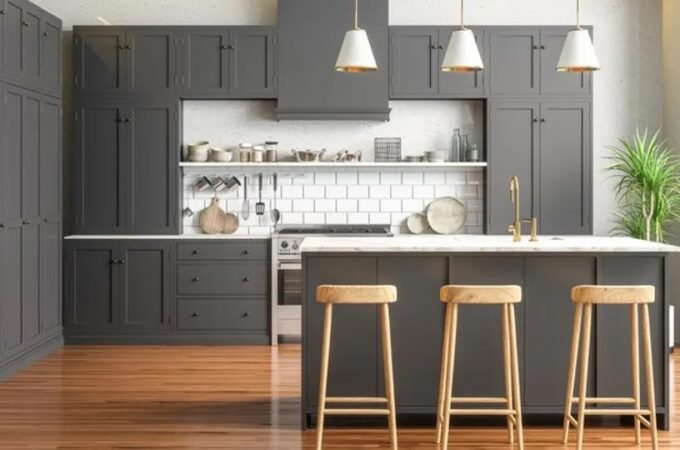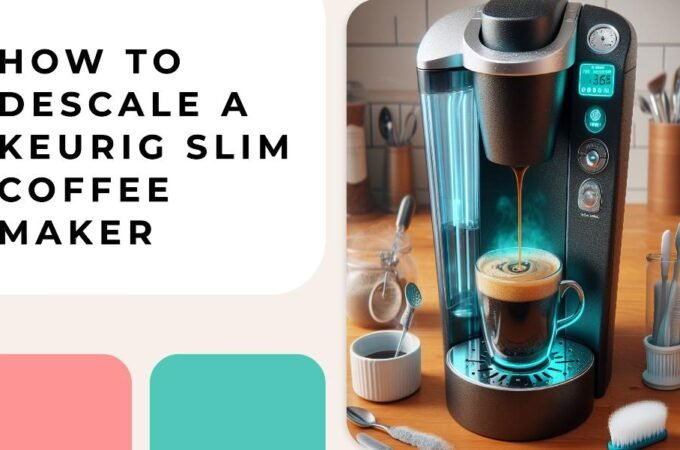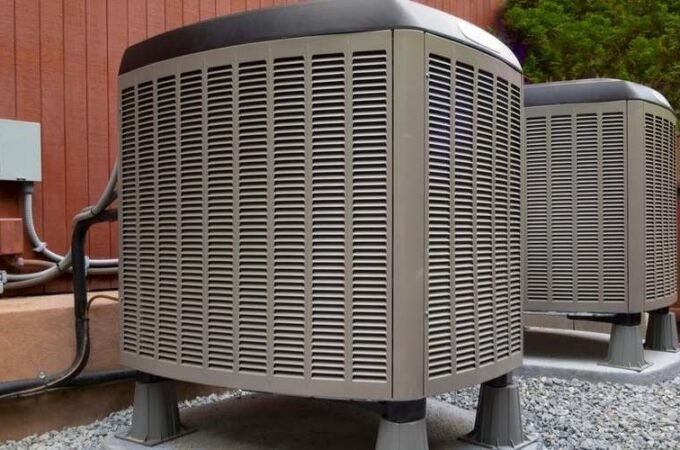
How To Choose The Right Water Purification System For Your Home
In times like these where the majority of us are working from home, it has become necessary to maintain our health. When it comes to drinking water, we should be more cautious about the substance we are drinking in a day. Water is definitely a necessity but what is more essential is that we are drinking clean water.
Also since the pandemic, people are realising how much they are spending on bottled water and are moving towards household sustainability projects.
Water purification systems vary in types because of the factors like geography, type of water, etc. If you are researching or new to the world of water purification systems, this article will help you choose the best one for your home. You can also have an overview of a water purification system at Clean Air Pure Water.
Table of Contents
ToggleLet us look at why drinking filtered water is more beneficial for you and your family:
- No chemicals: The water treatment facilities use chemicals such as chlorine and chloramine to get rid of microorganisms. But these chemicals should not be present in the water that we consume. A water purification system would remove the chemicals and make it safer to drink.
- Heavy metal substance removal: Depending upon the location, there may be a case where heavy metals such as mercury, lead or arsenic are present. These harmful metals should not be present in the water and therefore these should be filtered out.
- Save your money!: Nowadays there is more inclination of using bottled water. But if we add it all up, yearly it costs a lot. Having a water purification system helps bring the cost and dependency on bottled water down.
- The anti-oxidants: These substances are very important for our bodies and filtered water has low Oxidation Reduction Potential (ORP) scale. The lower, the better!
- Better hydration levels: Studies have shown that filtered water consumption leads to better hydration levels. Filtered water is absorbed more quickly.
Know about the source of water
Before you purchase anything find the water quality report published by your local water district. The reason to do that is because you might end up buying the wrong system for your home if you are not informed about the water quality of your place.
Then you can also look at the source of the water, where it is coming from. For instance, if your water source is a river then look upstream to learn what may be present.
If there are cities upstream you’ll have pharmaceutical chemicals in your water. Every person who takes medicine loses a portion of it when they urinate. This kind of water is dangerous to consume and above that, the chemicals are not removed by water treatment plants. They are also not regulated by USEPA.
If there’s farming upstream then you can have numerous pesticides. These can cause cancer when drinking or even showering in water containing them. Mercury is also generally present in river water having drifted from coal plants.
If your water source is a well, you should know what kind of land use is in the area of the well. Again farming would lead to pesticides and nitrates. Well water tends to be ‘hard’, meaning that it has higher concentrations of minerals that can damage your fixtures. High mineral content can also make the water less hydrating.
How is your water treated before coming to your home?
Now that you are clear about the various sources of water, you need to know how your water company treats your water. Do they use chlorine or chloramine? Buying the wrong water purification system might not remove these.
The Public Water providers perform tests to determine the level of chemicals in the water they sell. They have a chart which lists those which are regulated by USEPA. However, the water still might contain some dangerous contaminants for which you need a proper filtration before you consume or use it in any other way.
Chlorine Byproducts and Fluoride
The compounds most people tend to overlook are trihalomethanes and haloacetic acids. These are formed when chlorine added to the water interacts with organic material in the water. Surface water from lakes and rivers will have higher levels than groundwater from wells.
Both of these sets of compounds are highly carcinogenic. As they also get absorbed through the skin, bathing in them can be as dangerous as drinking them.
Most cities add fluoride to water. Fluoride is very difficult to remove. Reverse Osmosis will remove it. Some kitchen filters will reduce it or maybe remove it.
Choosing a filter that removes contaminants in the water
Now you have an idea about the contaminants in your water, you can buy the water purification system that removes those contaminants.
The presence of pharmaceuticals, chromium VI, uranium, arsenic, nitrates, or high dissolved solids (tds) makes it mandatory to use reverse osmosis for drinking. This is the only way to remove these.
If none of these are present a simple carbon filter will do. The presence of chloramine mandates that you buy a system that uses catalytic carbon. If only chlorine is used then regular granular activated carbon is good enough. Although if the trihalomethanes and haloacetic acids are high I would suggest catalytic carbon be used.
Should I use it in the kitchen, the whole house or both?
Now finally it is time for you to decide if you want a water purification system in your whole house, your kitchen or in both places.
If you wish to remove chlorine and other carcinogens from your bath water, you would require a water purification system. If you want contaminants removed by reverse osmosis, then kitchen setup should be fine.
Sizing of a whole house system is also important. You want to size the system for the number of water fixtures you intend to use at any one time. For a household of 4 people with 2 showers a 2 cu ft whole house filter will be just fine. If you have a bigger household and wish to use more showers, then a larger system is required.
If you follow these steps you will purchase purifiers that is best suited to your particular circumstances.





